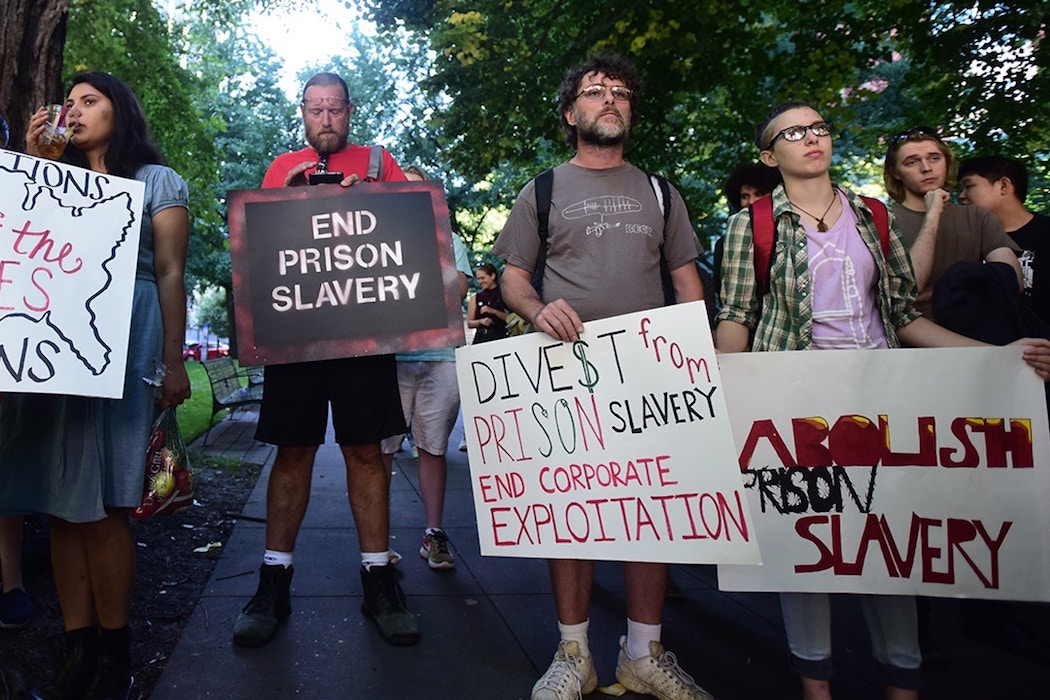

In Japan and elsewhere around the world, each anniversary is observed with great solemnity. The 75th anniversary of the atomic bombings of Hiroshima and Nagasaki in August 1945 is an occasion for sober reflection. government documents and translated Japanese records that first appeared on these pages in 2005.
#Front mission 2 surrender conditions archive#
Since these issues will be subjects of hot debate for many more years, the Archive has once again refreshed its compilation of declassified U.S. Three-quarters of a century on, Hiroshima and Nagasaki remain emblematic of the dangers and human costs of warfare, specifically the use of nuclear weapons. Moreover, ethical questions have shrouded the bombings which caused terrible human losses and in succeeding decades fed a nuclear arms race with the Soviet Union and now Russia and others. leaders hailed the bombings at the time and for many years afterwards for bringing the Pacific war to an end and saving untold thousands of American lives, that interpretation has since been seriously challenged. Washington, D.C., Aug– To mark the 75th anniversary of the atomic bombings of Hiroshima and Nagasaki in August 1945, the National Security Archive is updating and reposting one of its most popular e-books of the past 25 years. National Archives, College Park, MD, Record Group 373, Defense Intelligence Agency, Aerial Film, U.S., Army Air Force. Lower image - August 11, 1945, photo by 6th Photo Reconnaissance Group Upper image - July 24, 1945, photo by 28th Photo Reconnaissance Squadron Hiroshima - view of Hiroshima Castle and surroundings National Archives, RG 77-AEC)Īn overview of the destruction of Hiroshima. Ground Zero at Hiroshima Today: This was the site of Shima Hospital the atomic explosion occurred 1,870 feet above it (Photo courtesy of Lynn Eden, The mushroom cloud over Nagasaki shortly after the bombing on August 9. National Archives, Still Pictures Branch, Subject Files, "Atomic Bomb") This photo was taken from the Red Cross Hospital Building about one mile from the bomb burst. Hiroshima, after the first atomic bomb explosion. Ground view of Nagasaki before and after the bombing radiuses in increments of 1,000 feet from Ground Zero are shown. The polar cap of the "Fat Man" weapon being sprayed with plastic spray paint in front of Assembly Building Number 2.
-7.jpg)
The numbered items are military and industrial installations with the percentages of total destruction. The total area devastated by the atomic strike on Hiroshima is shown in the darkened area (within the circle) of the photo. Air Intelligence for analytical work on the destructiveness of atomic weapons. National Archives, RG 77-BT)Ī photo prepared by U.S. National Archives, RG 77-BT)Ī "Fat Man" test unit being raised from the pit into the bomb bay of a B-29 for bombing practice during the weeks before the attack on Nagasaki. The Enola Gay returns to Tinian Island after the strike on Hiroshima. The mushroom cloud billowing up 20,000 feet over Hiroshima on the morning of Aug(Photo from U.S. This shows "Little Boy" being raised for loading into the Enola Gay's bomb bay. This shows the "Little Boy" weapon in the pit ready for loading into the bomb bay of the Enola Gay. Various personnel and guards are standing around the loading area. The weapon is in the pit covered with canvas. Taken at Tinian Island on the afternoon of August 5, 1945, this shows the tail of the Enola Gay being edged over the pit and into position to load "Little Boy" into the bomb bay. 60 inches in diameter and 128 inches long, the weapon weighed about 10,000 pounds and had a yield approximating 21,000 tons of high explosives (Copy from U.S. National Archives, RG 77-AEC)Ī nuclear weapon of the "Fat Man" type, the plutonium implosion-type detonated over Nagasaki. "Little Boy" weighed about 9,000 pounds and had a yield approximating 15,000 tons of high explosives. It is 28 inches in diameter and 120 inches long. Photo restoration by TX Unlimited, San FranciscoĪ nuclear weapon of the "Little Boy" type, the uranium gun-type detonated over Hiroshima.


Nagasaki, Augphotograph by Yosuke Yamahata used with permission of copyright holder, Shogo Yamahata/Courtesy: IDG films.


 0 kommentar(er)
0 kommentar(er)
